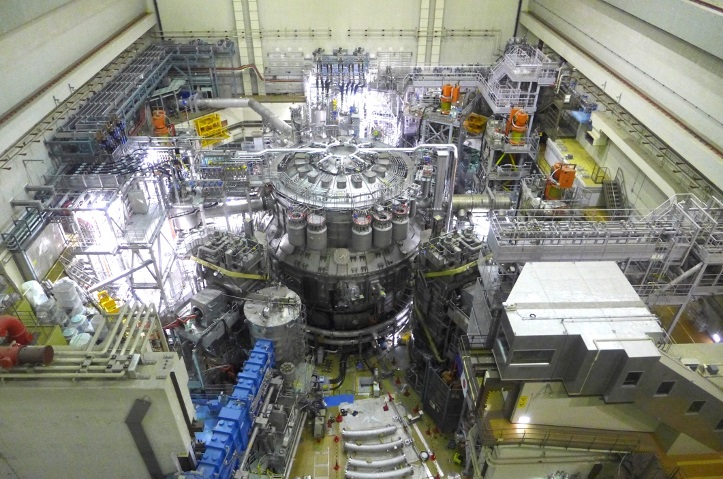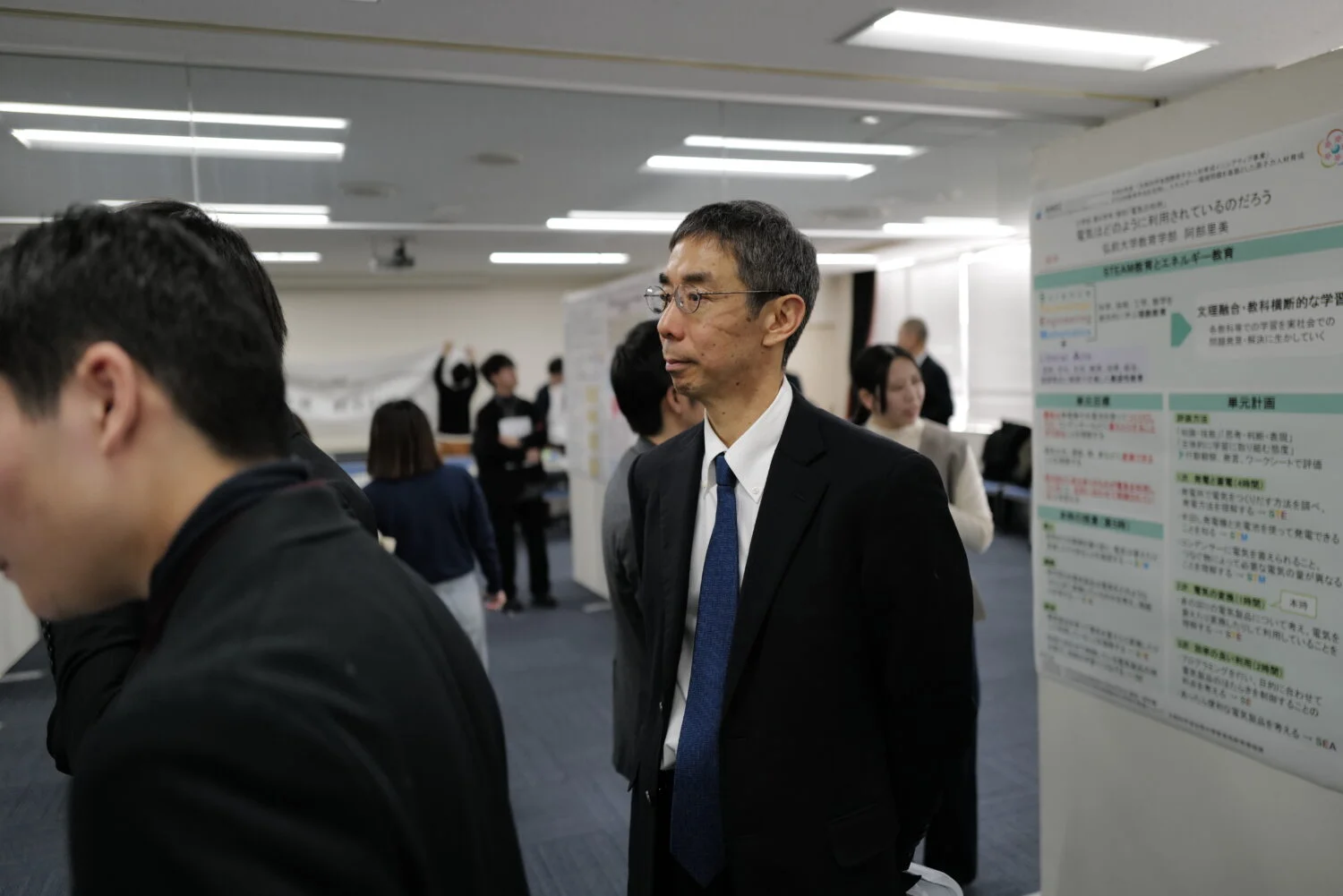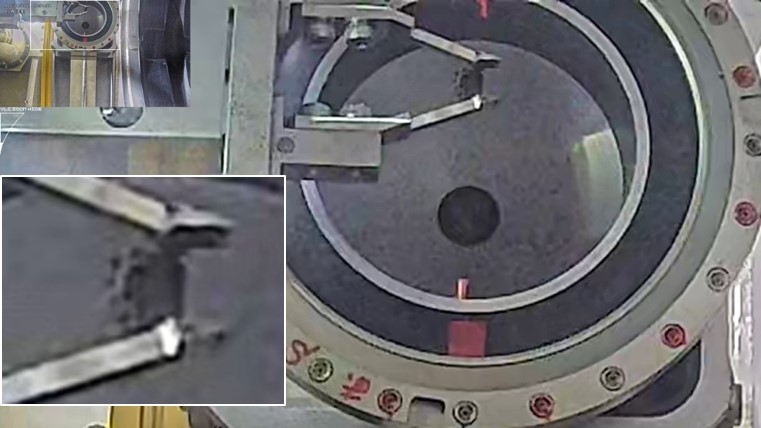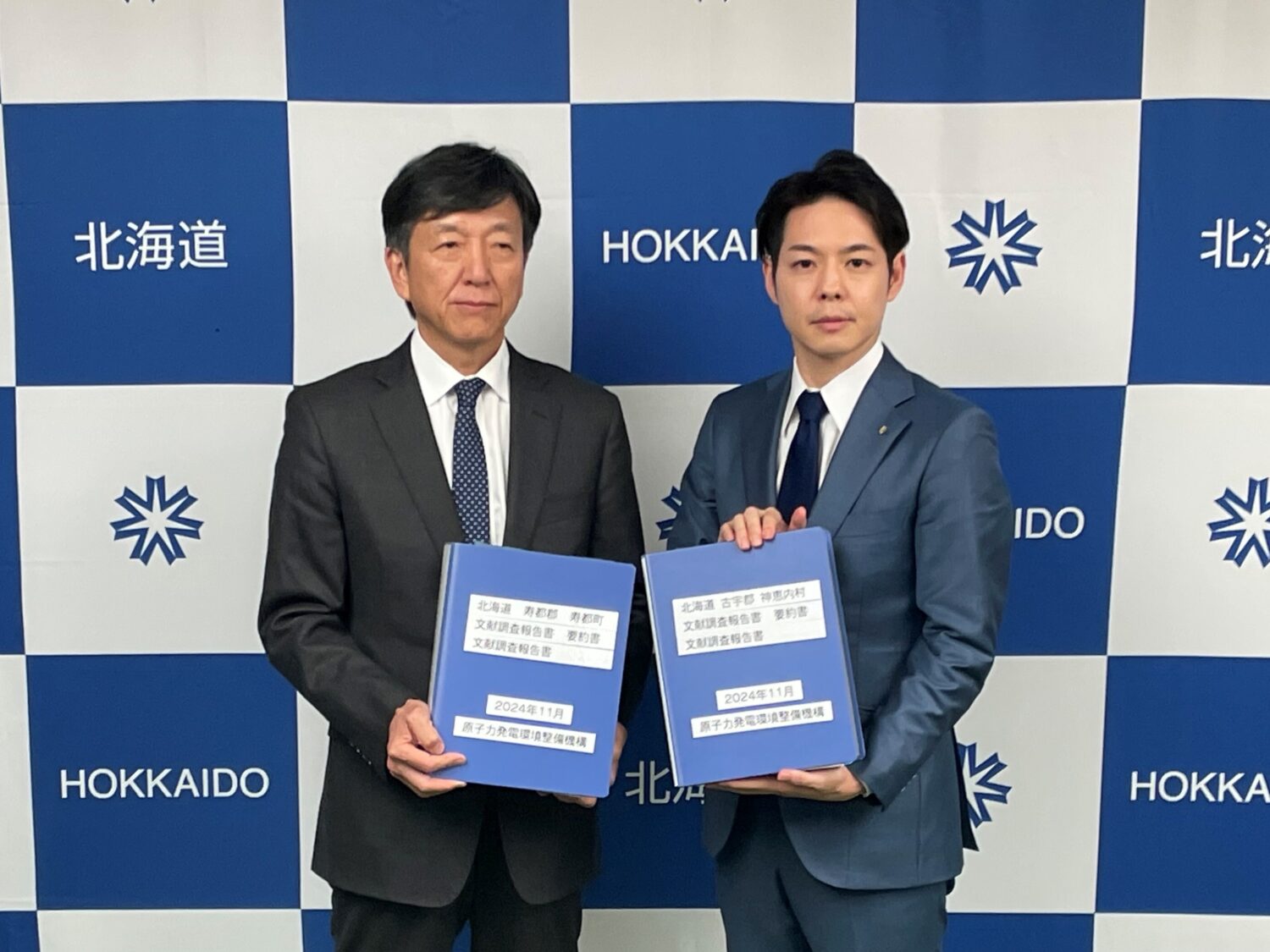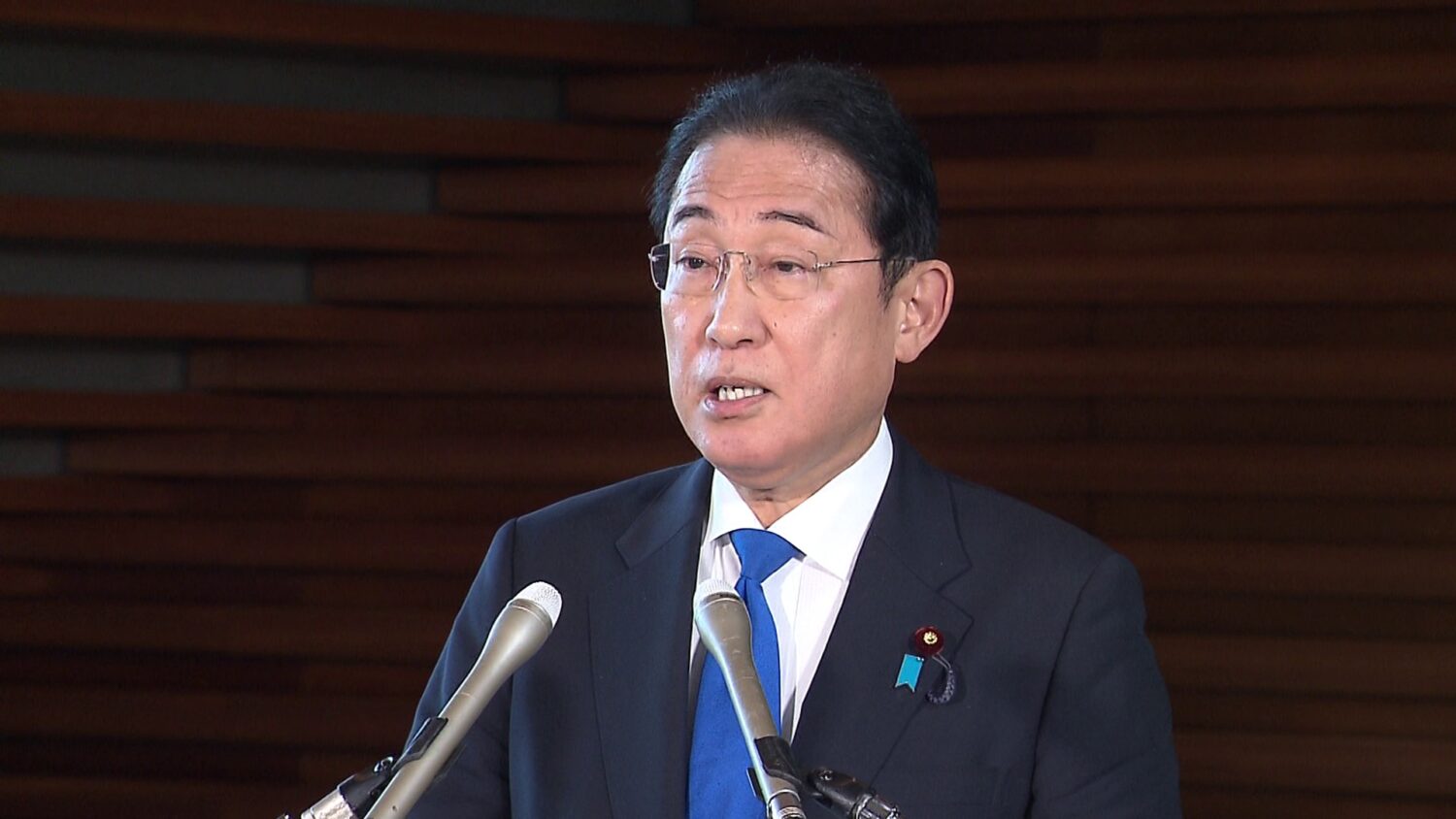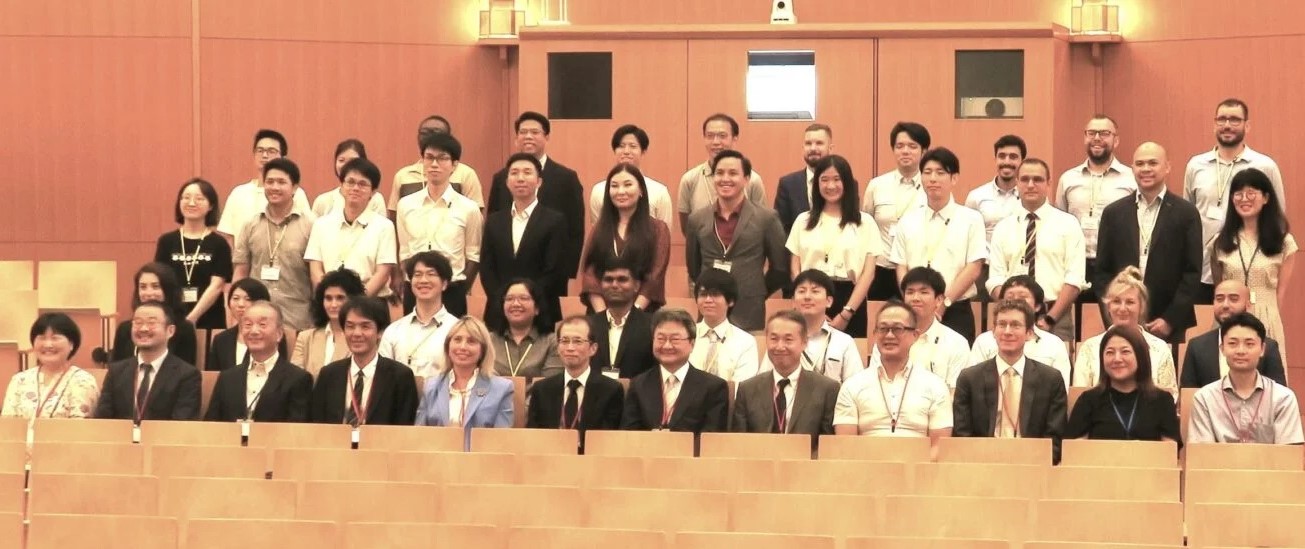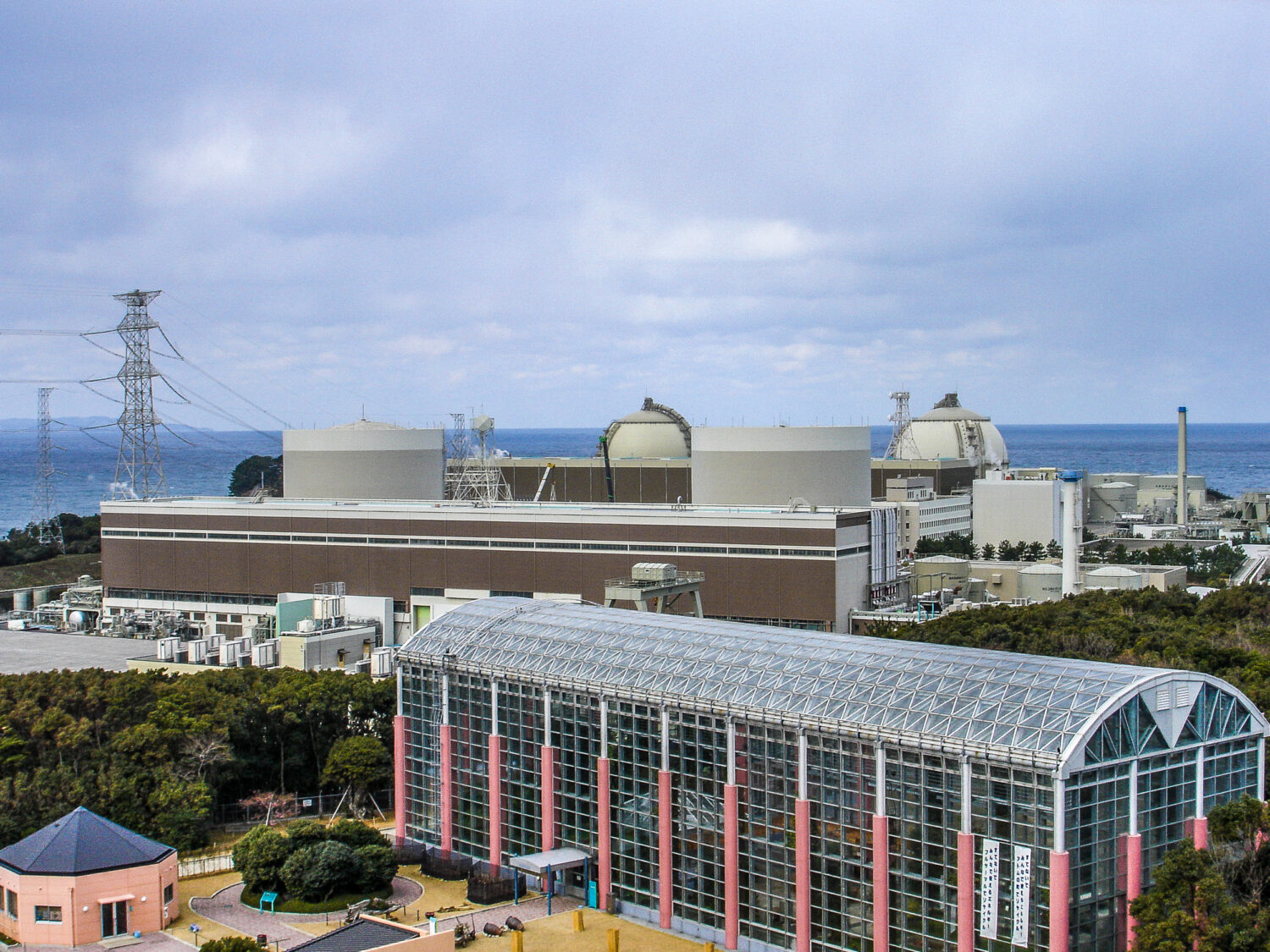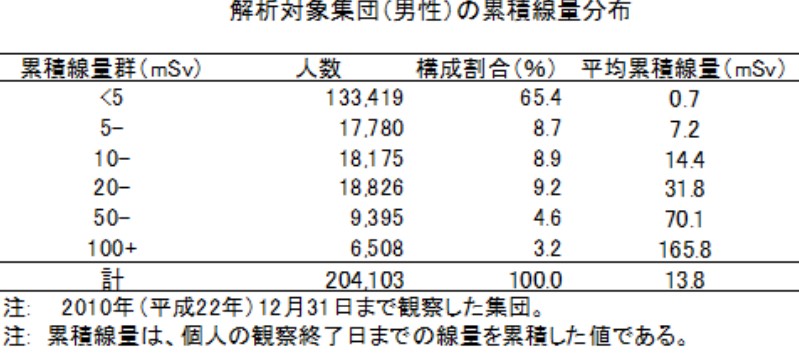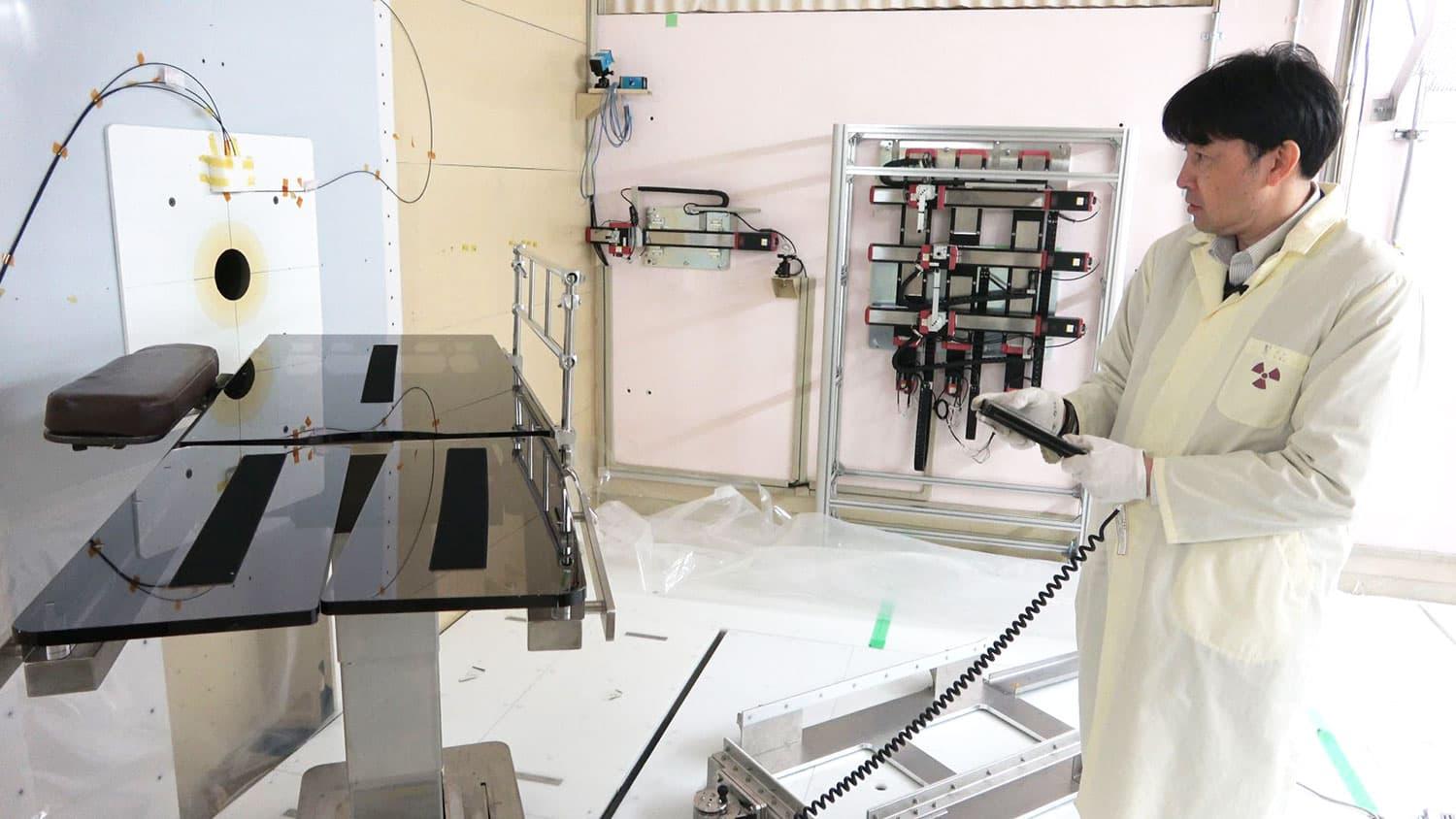The development is being pursued in collaboration with four electric power companies in Japan that operate PWRs, namely, the Hokkaido Electric Power Co., the Kansai Electric Power Co. (Kansai EP), the Shikoku Electric Power Co., and the Kyushu Electric Power Co.
The SRZ-1200 is a 1,200MWe-class advanced light water reactor (LWR) whose development is being pursued in accordance with the country’s new regulatory standards, which require the strengthening of safety equipment, resistance to natural disasters, and security against terrorism and unforeseen events.
Safety mechanisms to be installed include passive equipment that will be activated automatically depending on conditions at the plant. They include MHI’s original advanced accumulator tank (automatic water injection to the reactor core by pressurized nitrogen gas) and “core catcher” equipment (means for holding melted debris within the reactor containment vessel and cooling it).
A system will also be developed to reduce the volume of radioactivity released during severe accidents and to confine it within the plant premises. Additionally, the SRZ-1200 design is intended to enhance operational flexibility, which will effectively allow improved electrical power delivery in combination with variable power sources such as renewables, and to produce hydrogen.
The “SRZ” designation is derived from the phrases “supreme safety and sustainability,” “resilience” and “zero-carbon emissions.”
As part of a broad effort to sustain and continue nuclear technology, MHI has been endeavoring to promote the restart of existing LWRs, while issuing and pursuing short-, medium- and long-term plans to develop and commercialize next-generation LWRs, other future reactors (small modular reactors, high-temperature gas-cooled reactors, or HTGRs, fast reactors and micro reactors), and fusion reactors.
In August, the Nuclear Energy Subcommittee of the Advisory Committee for Natural Resources and Energy put forward a “technology roadmap (outline) for developing advanced reactors toward the realization of carbon neutrality and energy security.” With an eye on 2050, it encompasses R&D, construction and operation of each reactor type, namely, advanced LWRs, small LWRs, fast reactors, HTGRs, and fusion reactors. It also presented a strategy for securing overseas markets through nuclear supply chains.
At a monthly press conference on September 30, JAIF President ARAI Shiro, speaking in regard to the development of next-generation reactors, stressed the significance of also making maximum use of nuclear power on a medium- and long-term basis.


